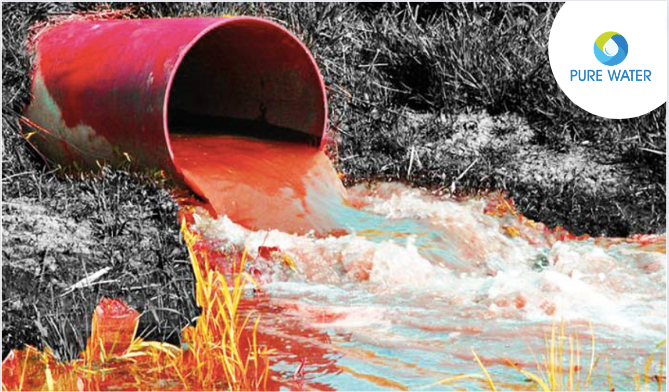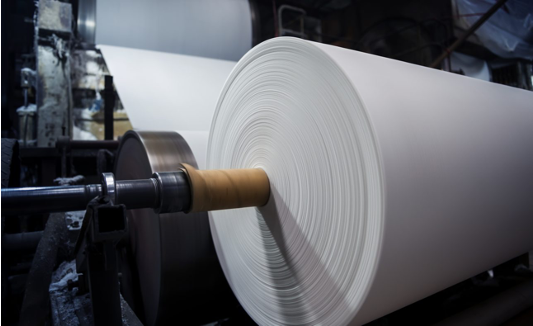
Ultimate RO Membrane protection with Glass Filter Media
In the era of an abundance of new and innovative water and wastewater treatment technologies, Reverse Osmosis membranes (RO) stand out as a highly effective method for producing clean drinking water and treating industrial effluents.
However, the efficiency and longevity of RO membranes are significantly enhanced when coupled with an efficient pre-treatment process. Pretreatment usually involves sand filters or Ultra Filtration (UF), followed by cartridge filters and activated carbon. But there are high operational costs associated with these pretreatment process.
This blog delves into the technical aspects of using glass filtration media as a highly effective and cost-efficient pre-treatment method for RO systems.
Why Pre-treatment Before RO is Necessary?
Pre-treatment plays a crucial role in RO systems primarily to protect the sensitive RO membranes from fouling and premature damage.
Fouling, caused by particulate matter such as Total Suspended Solids (TSS), organic matter, and microbial growth, can drastically reduce membrane efficiency and increase operational costs. Thus, effective pre-treatment is essential to remove contaminants that could impair membrane performance.
Various Methods of TSS Removal
- Sedimentation: Allows larger particles to settle out of the water through gravity.
- Multimedia Filtration: Uses layers of media (sand, anthracite, garnet) to trap particles and improve filtration efficiency.
- Ultrafiltration: Filters water through membranes with pore sizes typically between 0.01 and 0.1 microns, effectively removing suspended solids and pathogens.
These methods are effective to varying degrees but often fall short in achieving high-level removal of fine particulates and colloidal matter that can still challenge RO membranes.
Glass Media’s Efficiency at TSS and Turbidity Removal
Glass filtration media, such as crushed glass or glass beads, have emerged as a superior alternative for pre-treatment due to their unique properties. These media are highly effective in removing TSS and reducing turbidity to levels that significantly alleviate the burden on RO membranes.
The irregular surface and high surface area of glass media promote efficient adsorption and entrapment of particulate matter, achieving filtration efficiencies that surpass traditional methods.
Benefits of High-Quality Pre-treatment and TSS Removal
The adoption of glass filtration media offers several notable benefits:
- Enhanced RO Membrane Performance: By reducing TSS and turbidity levels, glass media extend the lifespan of RO membranes and minimize downtime for maintenance and cleaning.
- Improved Water Quality: The removal of particulate contaminants ensures that the permeate from RO systems meets stringent quality standards, suitable for both potable water applications and industrial processes.
- Cost Efficiency: Lower operational costs result from reduced membrane fouling and energy savings due to improved system efficiency.
In conclusion, the integration of glass filtration media as a pre-treatment method for RO systems represents a significant advancement in water treatment technology.
Its ability to efficiently remove TSS and turbidity not only enhances the performance and durability of RO membranes but also contributes to sustainable water management practices.
Get in touch with us at info@purewaterent.net, as we help industries and communities strive for cleaner, efficient and economical water solutions.







About The Author: Pure Water
More posts by Pure Water